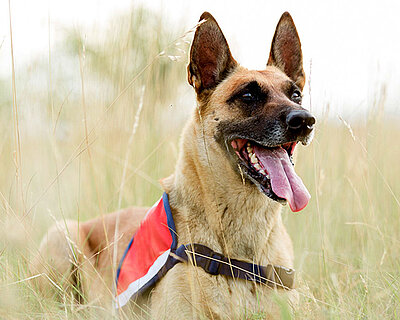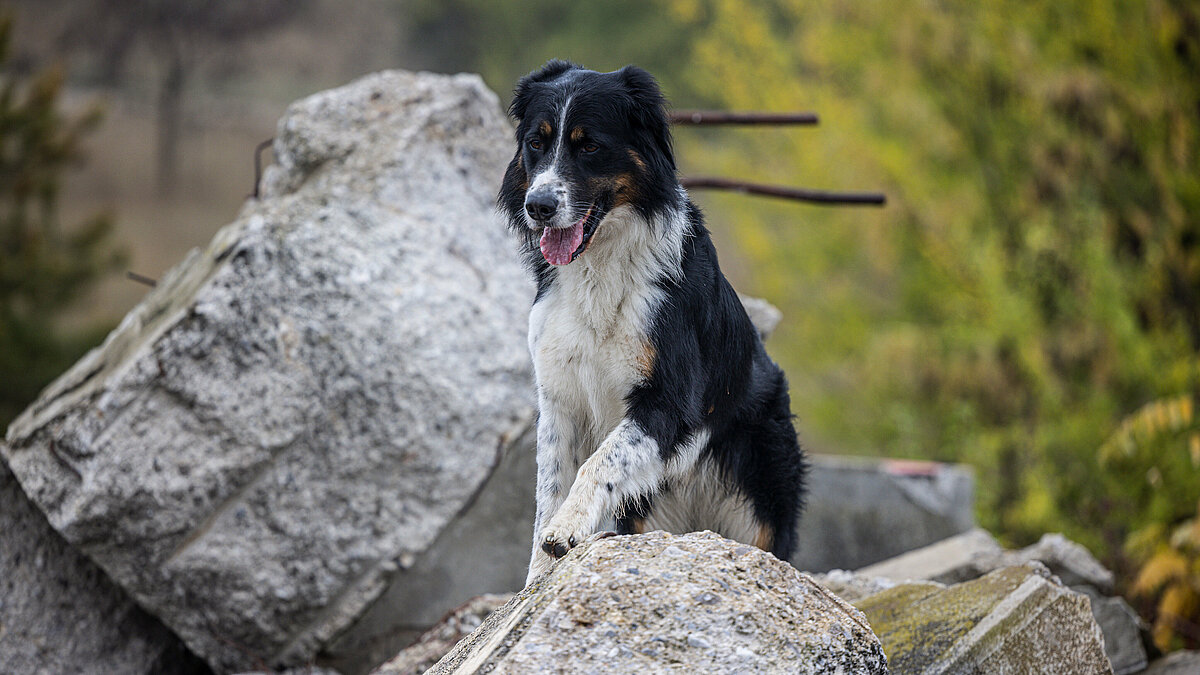
Search dogs ready for international missions
After an earthquake or other natural disasters, search and rescue dogs help to find buried people. The emergency case was rehearsed from 27 to 30 October at the IRO Mission Readiness Test in Rubble Search at the Tritolwerk in Lower Austria. 24 teams from eight nations competed, 19 passed.
The IRO Mission Readiness Test (MRT) in Rubble Search qualifies and prepares a search dog team for international operations. The mission test, which lasts several days, is very realistic and places extremely high demands on the participants. "International missions are physically and mentally demanding. Search and rescue dog teams need to be prepared for this so they can work reliably in the event of a catastrophe," says Markus Bock, Spokesperson for Deployment at the International Search and Rescue Dog Organisation and an experienced search and rescue dog handler himself.
Day and night operations
The search and rescue dog teams had to locate people buried under rubble at nine different sites during the day and at night. They each had 20 minutes to do this. During a rotation exercise consisting of four consecutive search missions, the teams' stamina and endurance were put to the test. On the ruins of the buildings, the dogs were mostly on their own and had to rely on their sense of smell. This was also the case during the night search, where the visibility of the dog handlers was severely limited due to dense fog.
Mission certified teams
19 of the 24 participants were able to solve the tasks quickly, effectively and reliably under the watchful eyes of an international team of classifiers. The teams from Argentina, Germany, Italy, Japan, the Netherlands, Austria, Slovenia and Hungary are now considered mission-certified according to international guidelines.
The IRO member organisation Feuerwehr Wien Rettungshunde (FW-RH) was responsible for organising the test. Thanks to the numerous helpers who endured as alleged victims in narrow cavities under the rubble waiting to be found by the super noses.
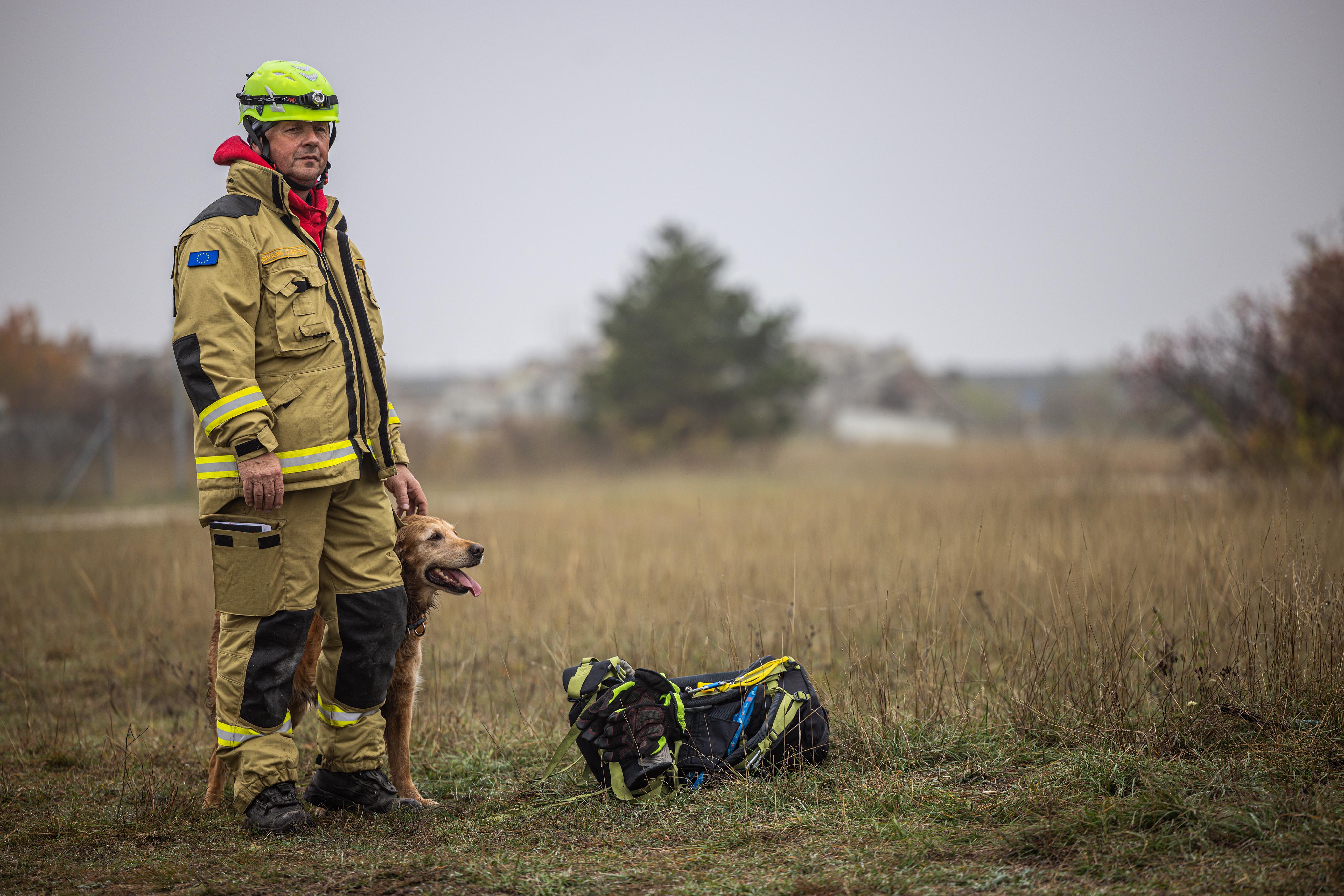
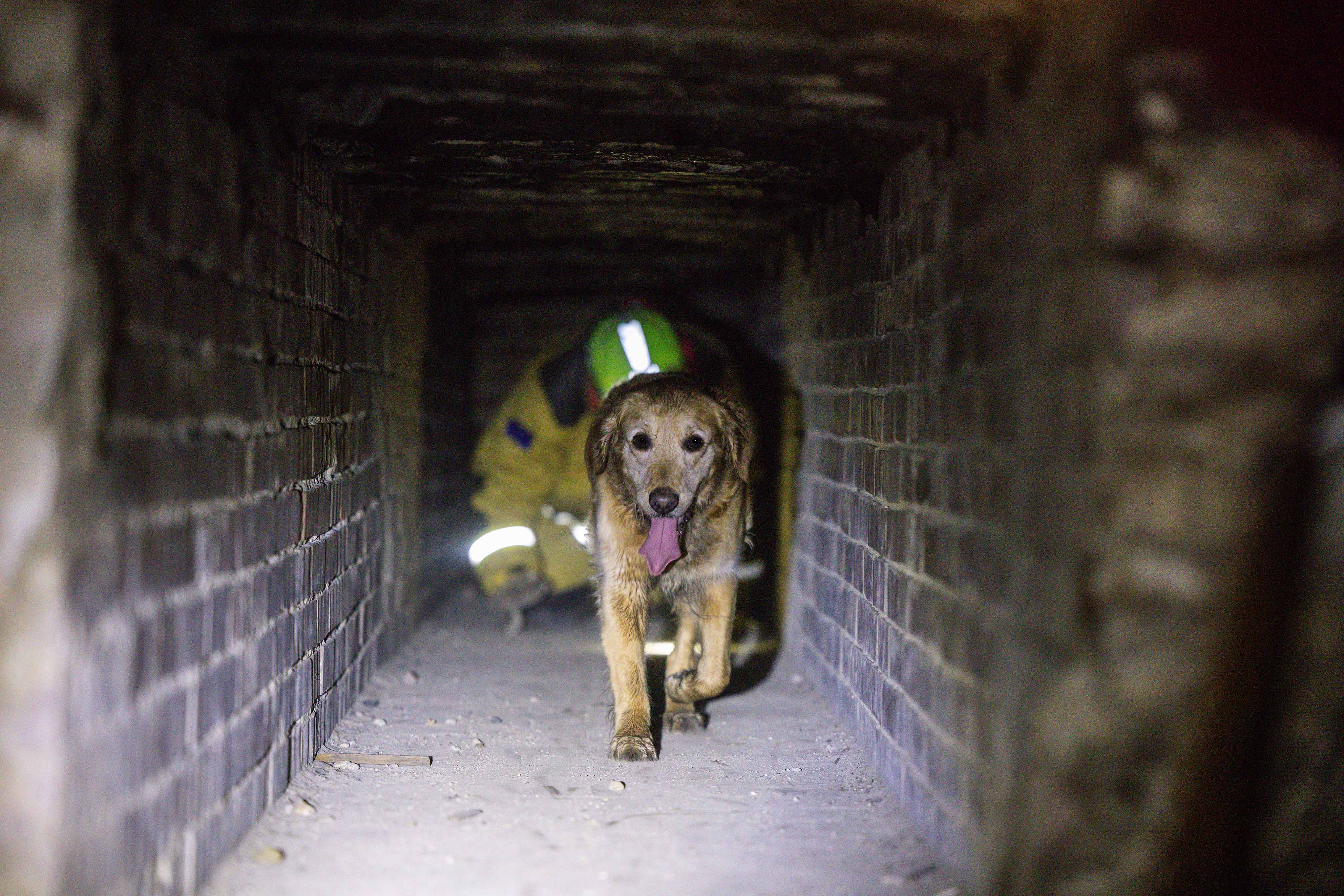
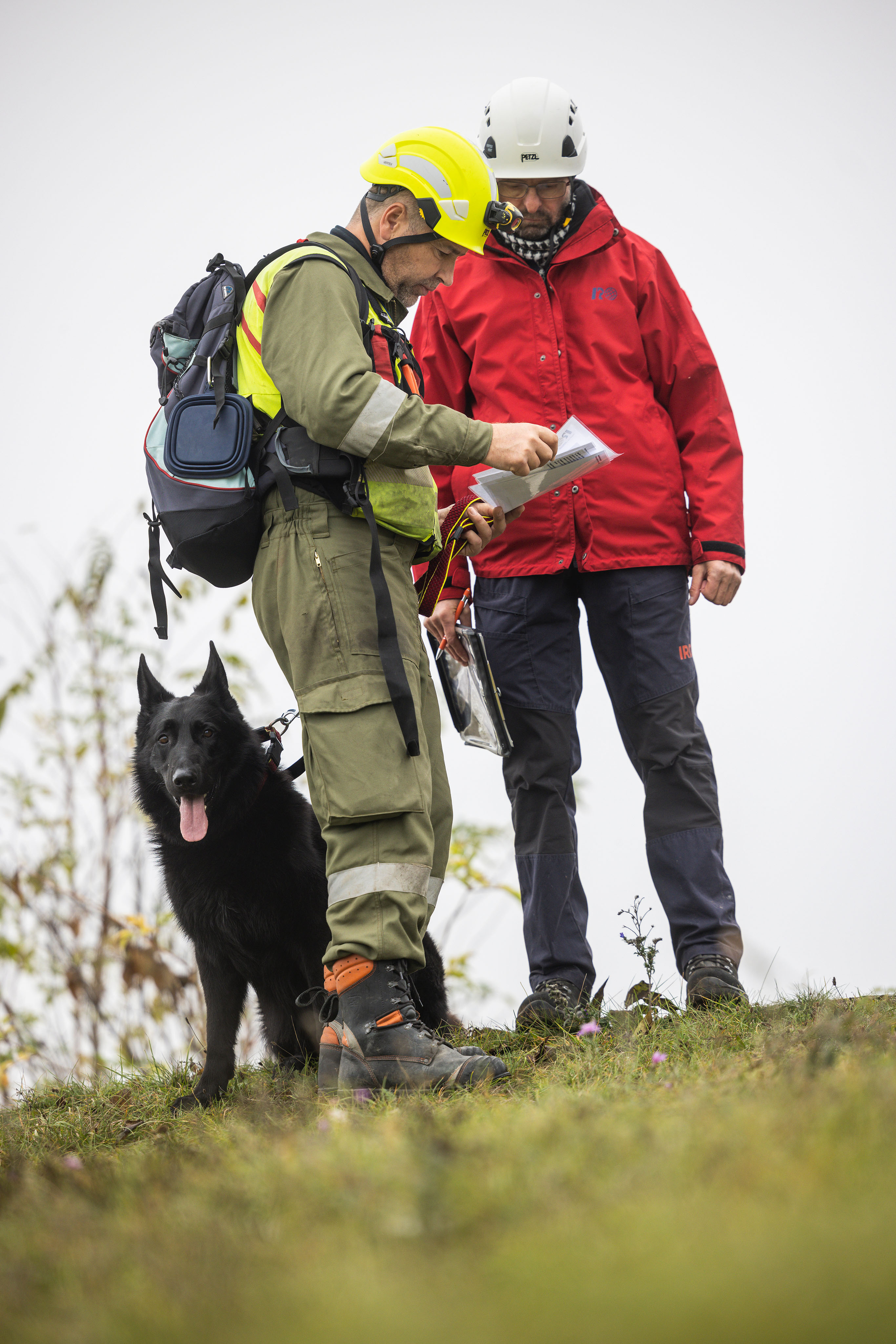
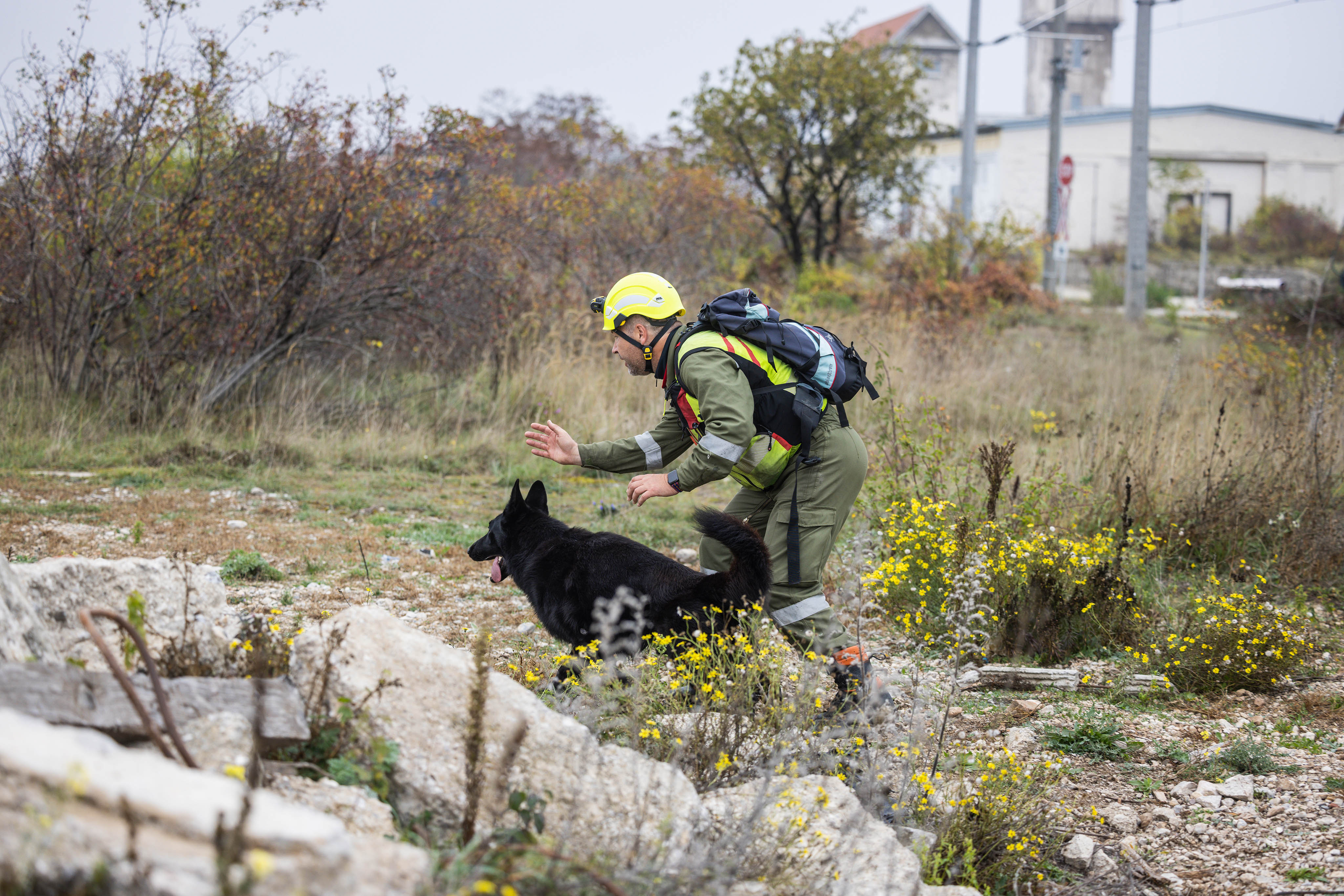
Photos: Heiko Mandl

